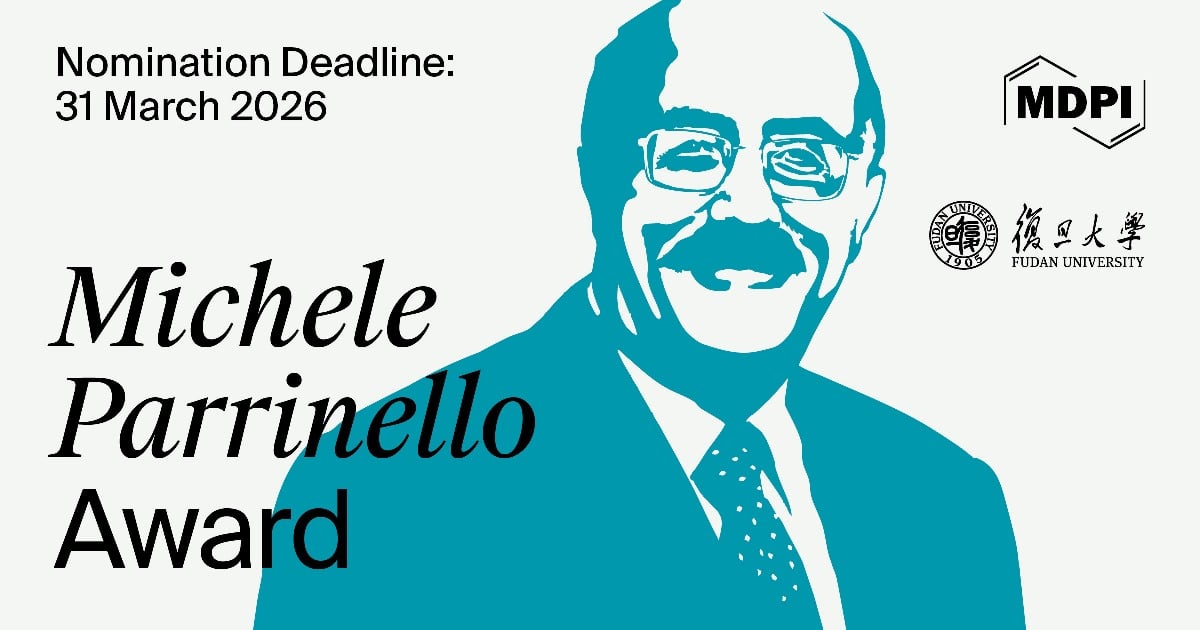-
 Ferroptosis in Human Diseases: Fundamental Roles and Emerging Therapeutic Perspectives
Ferroptosis in Human Diseases: Fundamental Roles and Emerging Therapeutic Perspectives -
 Quantifying the Antioxidant Capacity of Inorganic Nanoparticles
Quantifying the Antioxidant Capacity of Inorganic Nanoparticles -
 Redox Signalling in Cardiovascular Disease: Links to Inflammation, Mitochondrial Dysfunction and Autophagy
Redox Signalling in Cardiovascular Disease: Links to Inflammation, Mitochondrial Dysfunction and Autophagy -
 Polyphenol-Rich Extracts from Avocado Residues via Ultrasound RSM: Antioxidant Potential and Valorization
Polyphenol-Rich Extracts from Avocado Residues via Ultrasound RSM: Antioxidant Potential and Valorization -
 Natural Products for Redox-Metabolic Control Targeting GLP-1-TXNIP-Thioredoxn Signaling in Metabolic Syndrome
Natural Products for Redox-Metabolic Control Targeting GLP-1-TXNIP-Thioredoxn Signaling in Metabolic Syndrome
Journal Description
Antioxidants
- Open Access— free for readers, with article processing charges (APC) paid by authors or their institutions.
- High Visibility: indexed within Scopus, SCIE (Web of Science), PubMed, PMC, FSTA, PubAg, CAPlus / SciFinder, and other databases.
- Journal Rank: JCR - Q1 (Chemistry, Medicinal) / CiteScore - Q1 (Food Science)
- Rapid Publication: manuscripts are peer-reviewed and a first decision is provided to authors approximately 18.7 days after submission; acceptance to publication is undertaken in 2.6 days (median values for papers published in this journal in the second half of 2025).
- Recognition of Reviewers: reviewers who provide timely, thorough peer-review reports receive vouchers entitling them to a discount on the APC of their next publication in any MDPI journal, in appreciation of the work done.
- Testimonials: See what our editors and authors say about Antioxidants.
- Companion journal: Oxygen.
Latest Articles
E-Mail Alert
News
Topics
Deadline: 31 March 2026
Deadline: 30 April 2026
Deadline: 31 May 2026
Deadline: 30 June 2026
Conferences
Special Issues
Deadline: 10 January 2026
Deadline: 12 January 2026
Deadline: 15 January 2026
Deadline: 15 January 2026




























